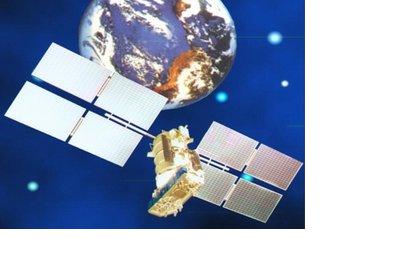On 24 March 2014 the Glonass-M navigation satellite was sent into orbit via a Russian Soyuz rocket launched from Russia’s Plesetsk space center.
The Glonass-M satellite manufactured by ISS-Reshetnev is part of the Glonass Navigation System used by Russia. The launched satellite is equipped with a high-accuracy thermo stabilization unit that will undergo flight testing and qualification for use in the next generation of spacecrafts in order to provide increased positioning accuracy.
A total of five Glonass-M series satellites are scheduled to join the constellation of twenty nine satellites in orbit during 2014 in order to maintain the full operational capability of the GLONASS national navigation system.
On 4 April 2014 the Indian Regional Navigational Satallite System (IRNSS) plans to launch the second satellite in a series of seven satellites from Satish Dhawan Space Center at Sriharkota. The applications for the satellite designated IRNSS 1-B will include terrestrial and marine navigation, disaster management, vehicle tracking and Fleet management.

